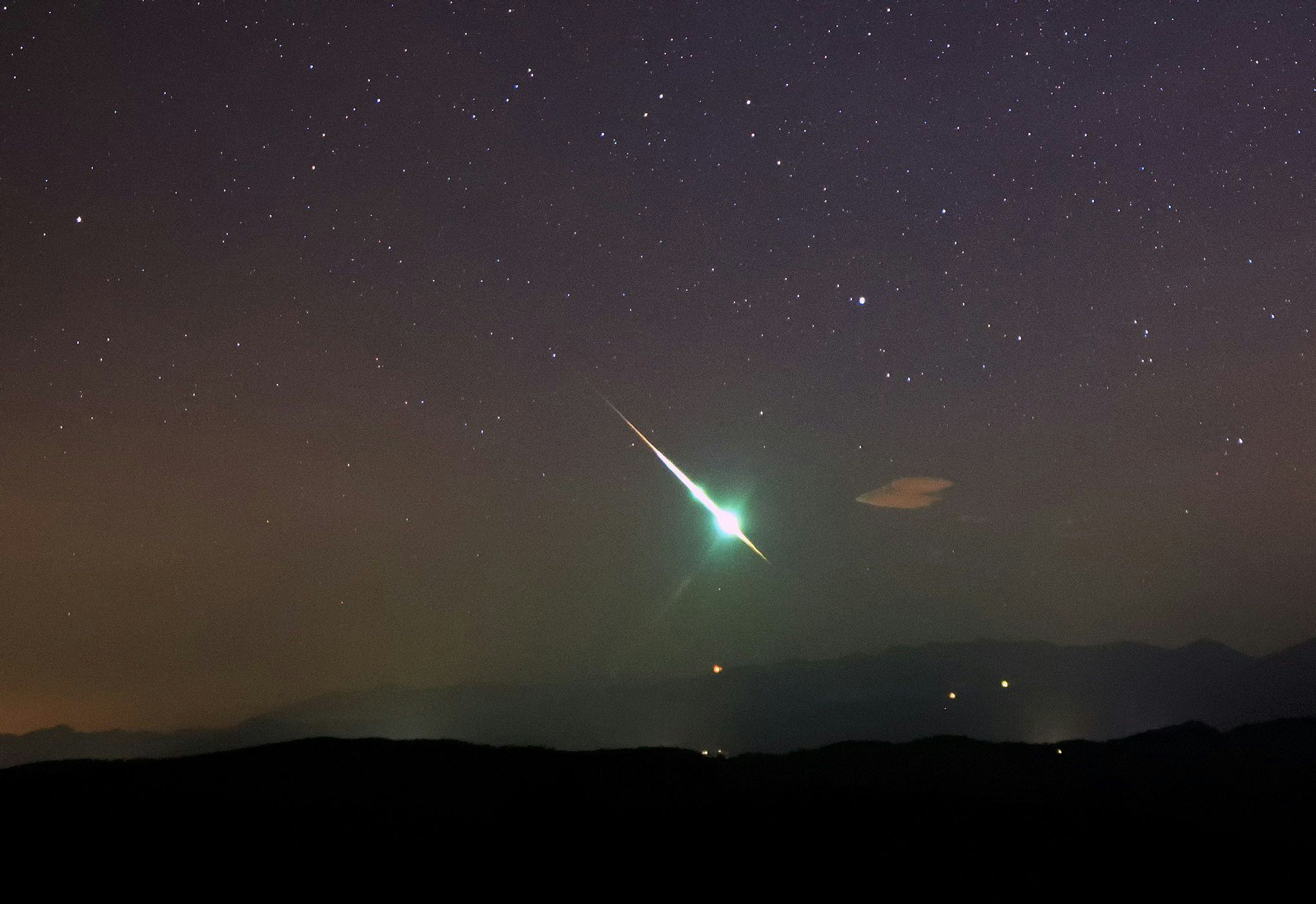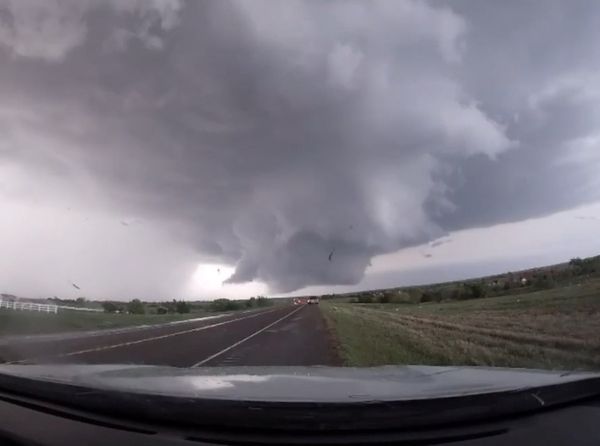
This week is the perfect time to watch the debris from an ancient space catastrophe rain down on Earth’s atmosphere.
Two meteor showers, both streams of debris from the same massive object that broke apart 20,000 years ago, are happening at the same time this week. The Northern and Southern Taurid meteor showers are both approaching their peaks, and thanks to a narrow crescent Moon, this week offers the best chance to see them both. Inverse has everything you need to know about the 2024 Taurids.

Why Are There Two Taurid Meteor Showers?
The Taurids are two separate meteor showers, but they both appear to radiate from the same spot in the sky: somewhere in the constellation Taurus, which is why they’re both called Taurid. And they happen at about the same time, just to make things extra confusing.
Meteor showers happen when Earth passes through a trail of debris in space, usually bits of rock and dust left in the wake of a comet or asteroid. Right now, Earth is passing through two debris trails at once: one from an asteroid called 2004 TG10 (and possibly a few other asteroids; more on that below), and another from Comet 2P/Encke. The asteroids’ debris trail produces the Northern Taurids, and the comet’s debris trail produces the Southern Taurids.
Where Do the Taurid Meteors Come From?
The Taurid meteors have a torrid history. Both Taurid meteor showers are trails of debris from a catastrophe in space 20,000 years ago.
Astronomers have traced the orbits of 2004 TG10 and several other asteroids, as well as Comet 2P/Encke, and used computer simulations to model how they’ve evolved over time. It turns out that these objects are just fragments of a single larger chunk of rock and ice that broke apart around 20,000 years ago — either because another huge space rock smashed into it, or because the ice holding it together melted as it got closer to the Sun, causing the whole thing to fall apart.
The breakup of this ancient behemoth left behind Comet 2/P Encke, around a dozen asteroids, and at least 4 meteor showers. A large meteor that blew up midair over Tunguska, in northern Russia, in 1908 may have been another bit of shrapnel from this breakup.
Comet 2/P Encke, which orbits the Sun once every 3.3 years, is definitely the sole source of the debris trail that gives us the Southern Taurids. But the Northern Taurids are a little harder to pin down. Asteroid 2004 TG10 is one source of the dust and small bits of rock that make up the Northern Taurids, but at least nine other asteroids may also contribute to the debris trail. Astronomers are still mapping orbits and trajectories of incoming meteors in order to work it all out.
How to See the Taurid Meteor Showers
This coming week is your best chance to see the Northern and Southern Taurids. Earth is passing through the densest parts of both debris trails at the same time, which means the two meteor showers overlap close to their peaks.
Typically, the Southern Taurids are visible from late September to mid-November, while the Nothern Taurids last from mid-October to early December. The Southern shower peaks early on the morning of November 5, and the Northern shower peaks a few days later on November 12. But unlike some meteor showers, where the best viewing is right at the peak — give or take a day or two — the Taurids will both be at their best all week.
Earlier in the week, the Moon will be a narrow crescent in the sky, so its light shouldn’t interfere with meteor-watching. By the 12th, though, it will be more than three-quarters full, glowing brightly enough to hide the bright streaks of meteors. Find a dark spot with a clear view of the sky, turn off your phone, and give your eyes about 30 minutes to adjust to the darkness. You could see up to 10 meteors an hour, which isn’t much compared to some more active showers – but the Taurids are brighter and their fiery streaks last a little longer, so they may be worth the wait.







